Whether you're looking for a simple sauce to put on dinner or a bright herb dressing for vegetables, this lemon garlic herb sauce is about to become your go-to recipe. This kale-based sauce makes use of the bold flavors in some staple low histamine herbs + raw garlic to dress your dish in flavors that pack an antihistamine punch. With the optional addition of lemon juice, this is one healthy low histamine sauce!
If you love flavorful garlic sauces, also try my classic toum and simple garlic herb tahini sauce.
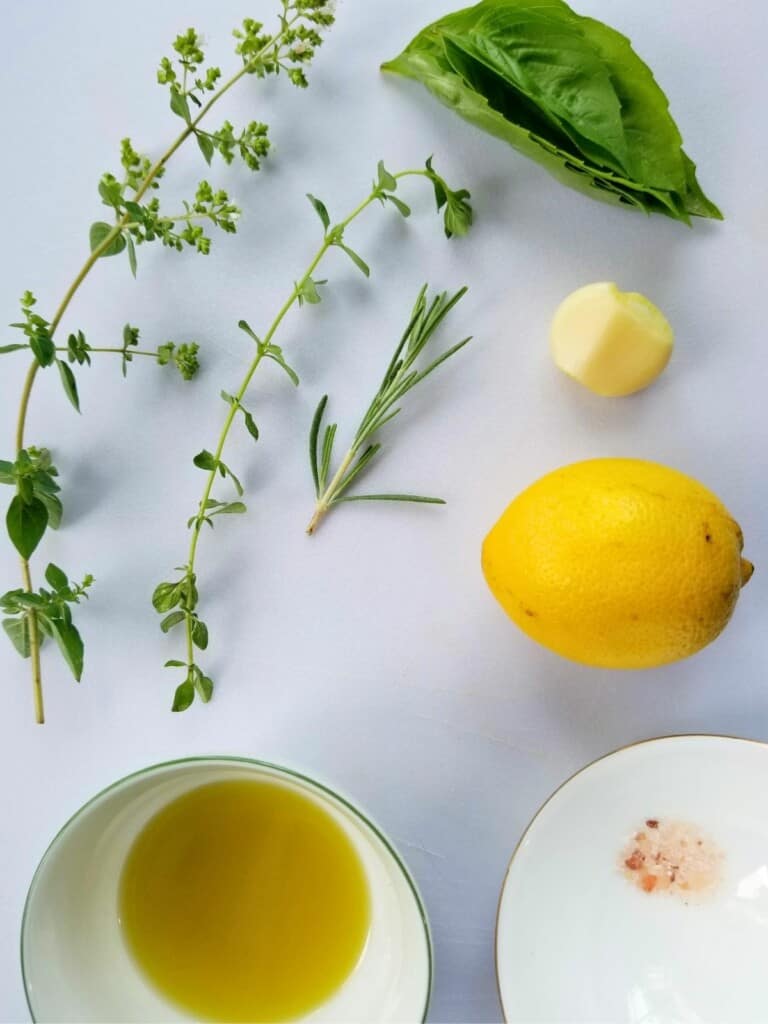
Jump To
About this recipe
Quick to make. This low histamine sauce whips up in about 10 minutes, including prep time.
Histamine-fighting ingredients. From the herbs and garlic to the baby kale that forms the base, this sauce is comprised only of low histamine ingredients with antihistamine properties.
Uses common garden herbs. When you're looking to pack your dishes with nutrient powerhouses, you should turn to herbs, and specifically the lamiaceae family of herbs. Basil, thyme, and mint are the most common of those, but almost any herbs in your garden can be used in this recipe; no herbs are directly high in histamine.
Ingredients

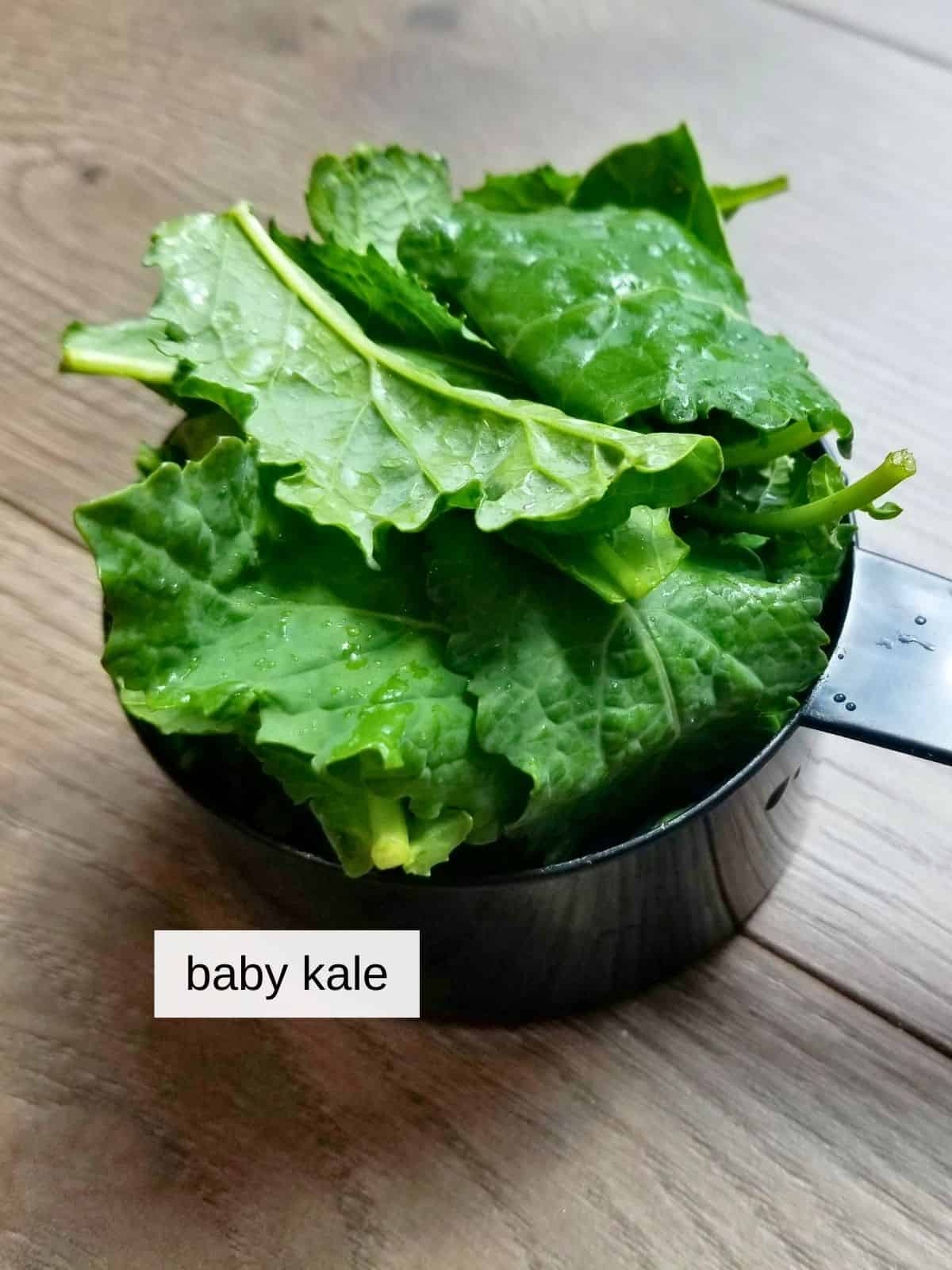
This recipe is centered around a set of common herbs you can grow in your kitchen window or find at the grocery store, their sharp flavors smoothed out with the addition of baby kale as a base.
Baby Kale: this is undoubtedly the best low histamine substitute for spinach, which would be a usual go-to for thinning out an herbal sauce like this one. You can also easily find it in the grocery store, or your local farmer's market!
Basil, Oregano, Rosemary, & Thyme: these are my herbs of choice for this particular garlic herb sauce, but that's mainly because they're what I already have growing in my garden. If you have other favorites or other herbs on hand, you can choose any bouquet of fresh herbs which tickles your taste buds.
Garlic: all members of the allium family (onion, garlic, scallions, etc.) are rich in the cancer-fighting sulfur-containing substances, which make it a powerful antioxidant. Raw garlic also adds a delicious umami flavor to dishes, and anti-microbial qualities that help your gut foster helpful bacteria.
Lemon Juice: the kick of acid from the lemon juice really accentuates the complexity of each herb's flavor, without adding too much flavor of its own. Additionally, lemon contains loads of vitamin C, a known mast cell stabilizer, though some people are sensitive to citrus-derived forms of it.
How to make garlic herb sauce: step-by-step instructions
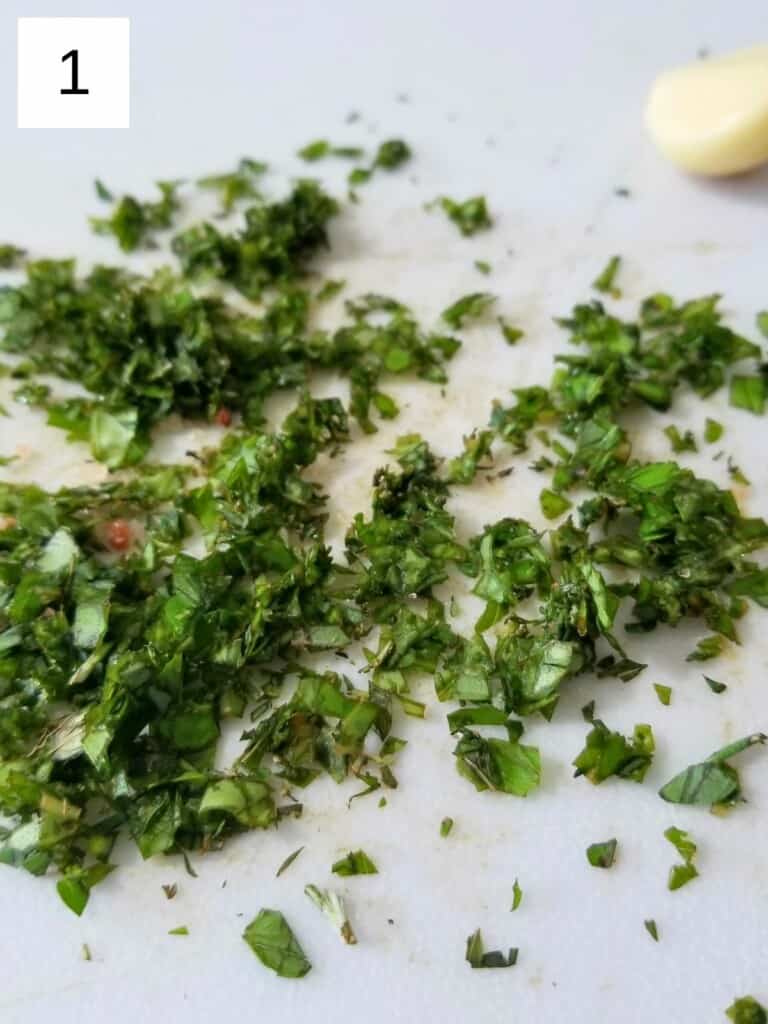

Step 1. Cut and measure your herbs, then chop the herbs, salt, and garlic all together, preferably in a food processor or blender (once you've plucked the leaves off and discarded the stems).
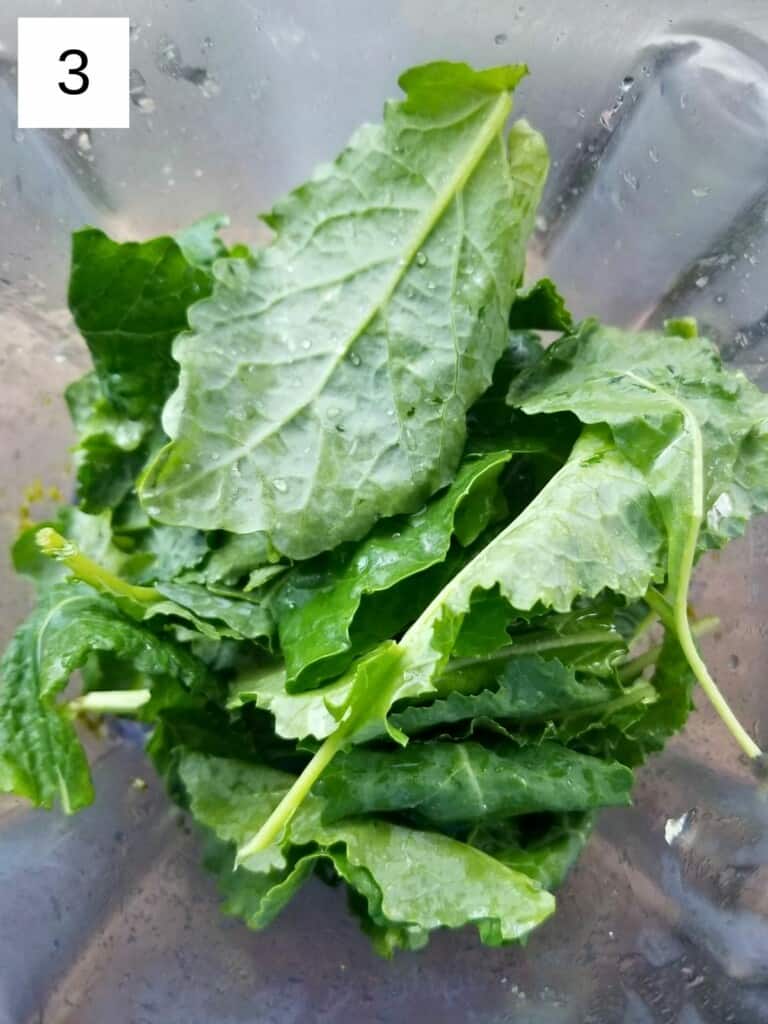
Step 2. Add the kale leaves to the bowl with the chopped herb mixture, then add 1 Tablespoon of the oil and pulse chop the mixture to incorporate some of the kale.
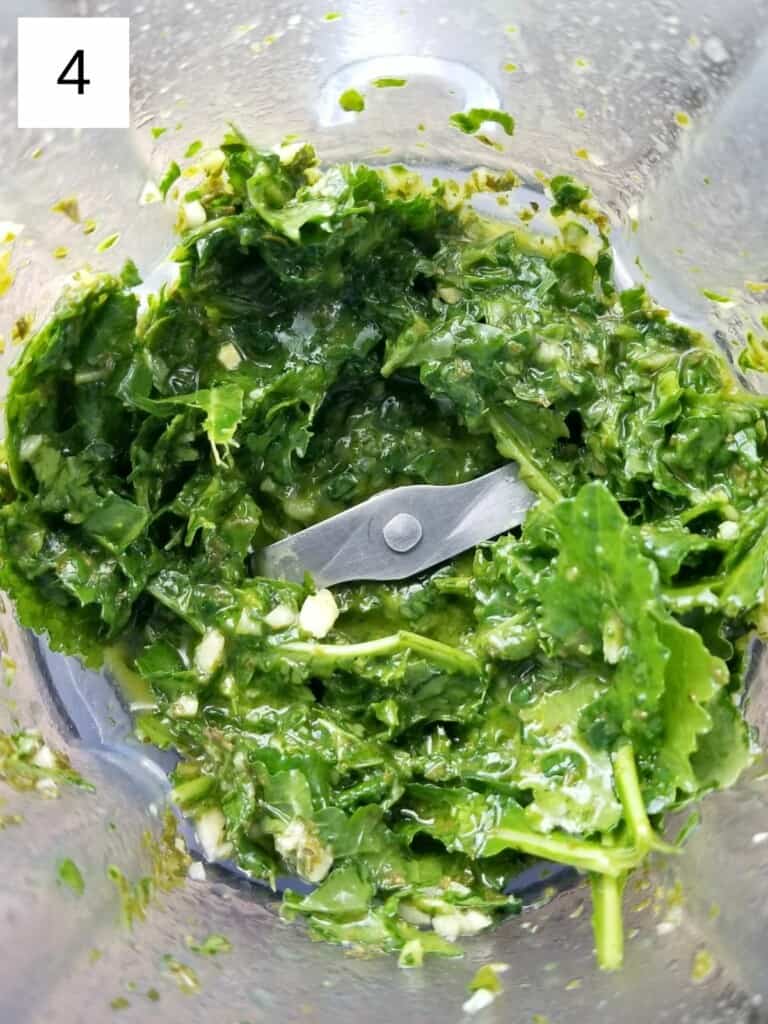
Step 3. Now drizzle in the rest of the oil until the sauce is mostly uniform (unless you like the bits of herb and garlic). This may take 1-2 minutes if you have a weak blender, but if it takes any longer, try adding up to 1 Tablespoon more oil (similar to making pesto sauce). Alternatively, if your blender is very powerful, you can just add everything in and blend on high for as long as needed.
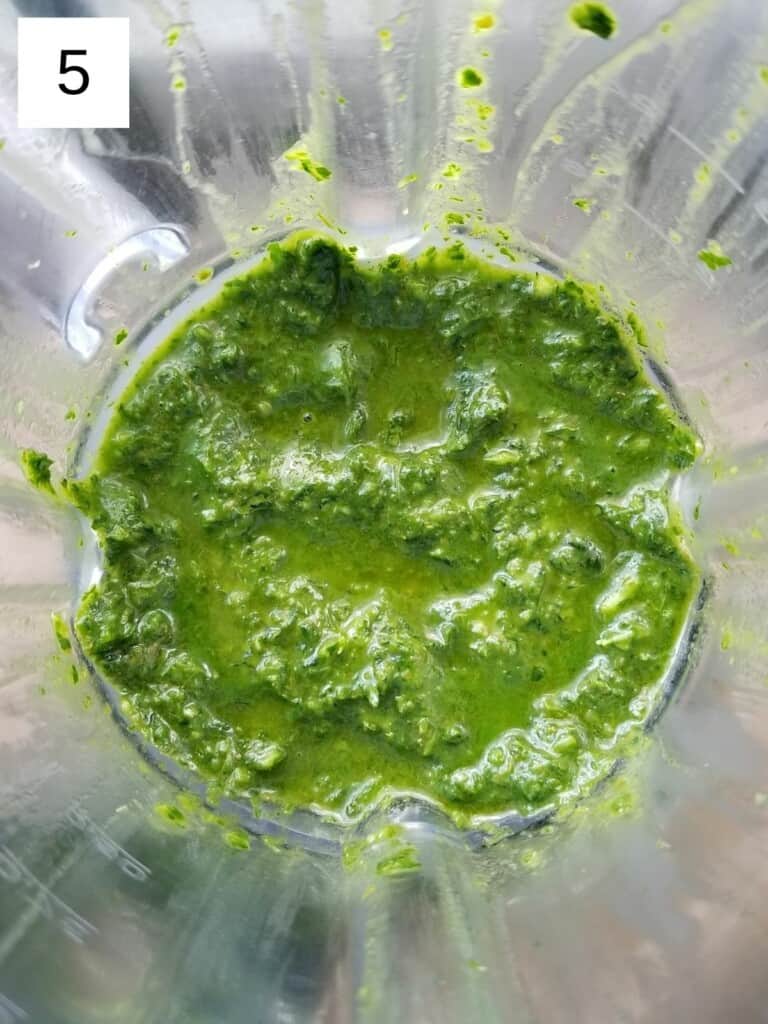
Step 4. Once done blending, your sauce is ready! To store it, I recommend freezing it in ice cube trays in small portions, to be defrosted as needed. I prefer to use silicone mold since they're easy to clean and come in a variety of shapes & sizes to fit in any part of my freezer.

Recipe notes & tips
Switching Herbs. If you don't have one or more of these herbs on hand, you can use any mix of herbs that you'd like, but I'd recommend keeping the basil (if tolerated). It makes a good base for blending with other herbs, and it's generally easy to find. Some other herbs to try switching around with are cilantro, spearmint, and parsley.
Garlic & Other Alliums. Unless you have a sulfite sensitivity, I highly recommend you include an allium ingredient in this recipe. Some alternatives to fresh garlic include green onions, garlic scapes, scallions, or even ¼ teaspoon garlic powder.
Omitting Lemon Juice. if you can't tolerate or haven't yet tried reintroducing lemon juice, you have a few options for substitutes. One is the same amount of lime juice or yuzu juice. Another is ½ teaspoon amchur powder + 1 Tablespoon water, OR ½ teaspoon sumac + 1 Tablespoon water.
What to do with garlic herb sauce
- put it on chicken or other meat, and then bake it (this recipe will cover ~1.5 lbs. of meat)
- stir it into warm noodles or zoodles for a nice low histamine pasta sauce
- whip it with eggs before making your breakfast omelette
- toss it with cubed root vegetables and bake them until crispy
- stir it into mashed potatoes or mashed cauliflower
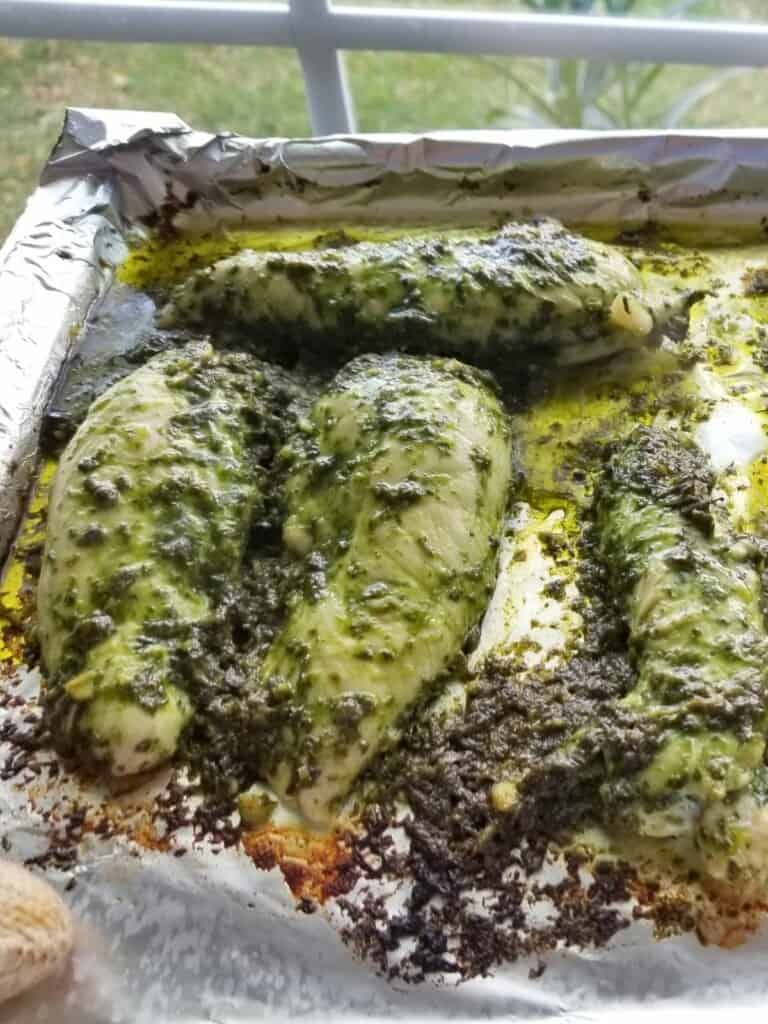
FAQ About Garlic Herb Sauce
If you're eating low histamine, you'll want to store this in the freezer, where it should stay good for up to 6 months in an air-tight container.
I recommend using silicone ice cube trays to freeze this sauce in smaller portions, so you can easily measure out however many servings you need for a particular dish or recipe.
Yes! I'd actually recommend using this garlic herb sauce for salmon and other fish, in addition to chicken, if you find any sources of fish you tolerate. I wouldn't use this on beef or pork, however, as there's not enough acidity.
Most common herbs form the lamiaceae family go well with garlic. That means basil, rosemary, thyme, mint, and a few hundred others.
Homemade Garlic Herb Sauce Recipe Card
As always, if you like the recipe, I always appreciate a review or comment!
📖 Recipe

Simple Garlic Herb Sauce (Vegan, Paleo)
Ingredients
- 1 ½ Cups baby kale packed
- 8 large basil leaves
- 6 " sprig of thyme
- 4 " sprig of oregano flowers removed
- 2 " sprig of rosemary
- 1 large clove of garlic
- 3 Tablespoons olive oil or other tolerated oil
- 1 Tablespoon lemon juice alt: 1 teaspoon amchur + 1 Tablespoon water
- dash of salt
Instructions
- Cut and measure your herbs, then chop the herbs, salt, and garlic all together, preferably in a food processor or blender (once you've plucked the leaves off and discarded the stems).
- Add the kale leaves to the bowl of the food processor or blender, then add 1 Tablespoon of the oil and pulse your processor to incorporate some of the kale.
- Now drizzle in the rest of the oil until the sauce is mostly uniform (unless you like the bits of herb and garlic). This may take 1-2 minutes if you have a weak blender, but if it takes any longer, try adding up to 1 Tablespoon more oil (similar to making pesto sauce). Alternatively, if your blender is very powerful, you can just add everything in and blend on high for as long as needed.
- Once done blending, your sauce is ready! To store it, I recommend freezing it in ice cube trays in small portions, to be defrosted as needed.
Notes
Nutrition
Save this post for later!

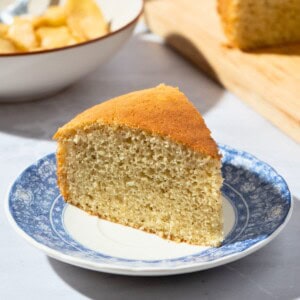











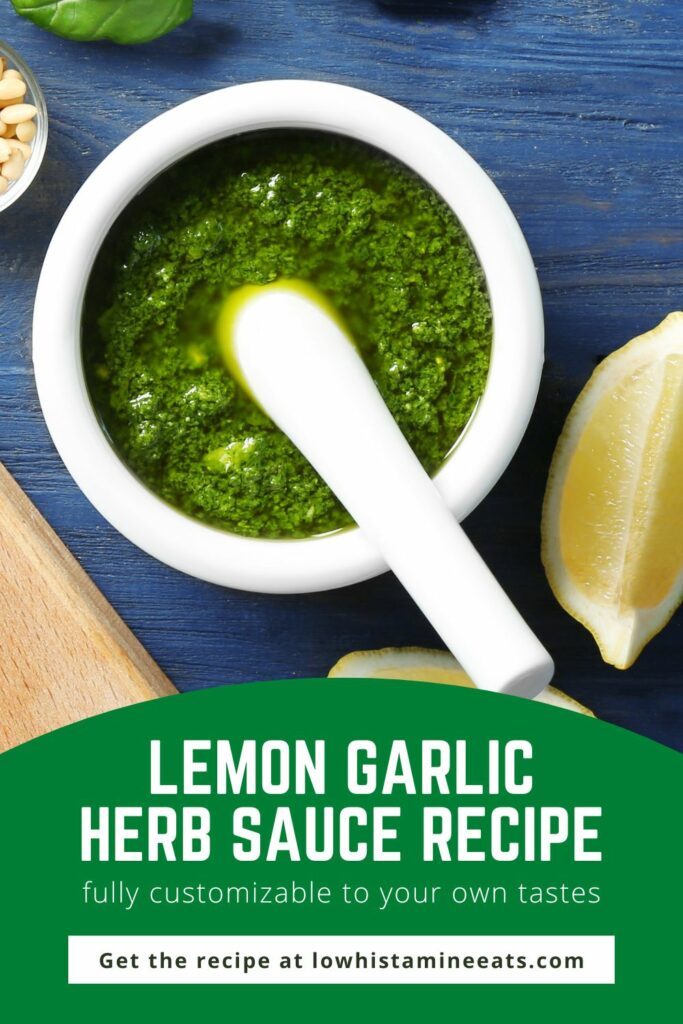
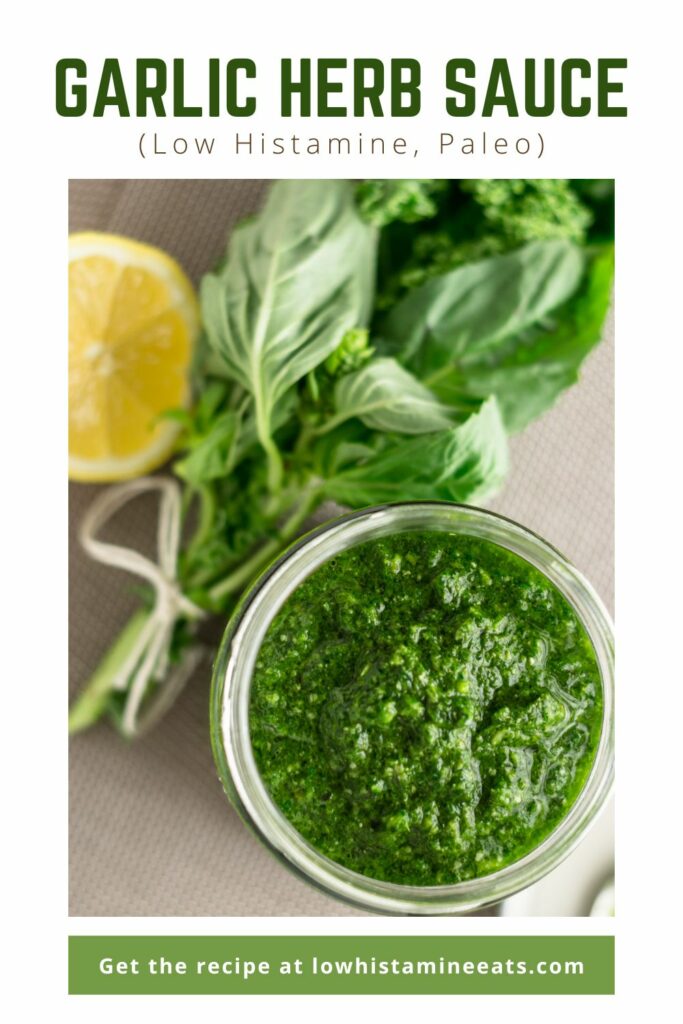
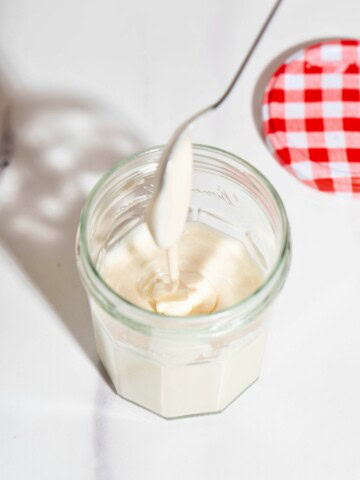

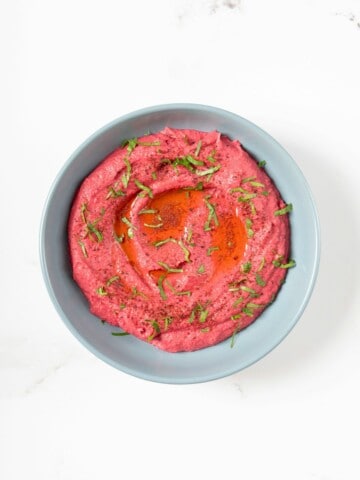
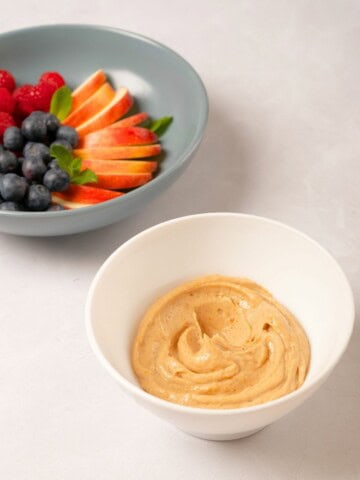
Comments
No Comments